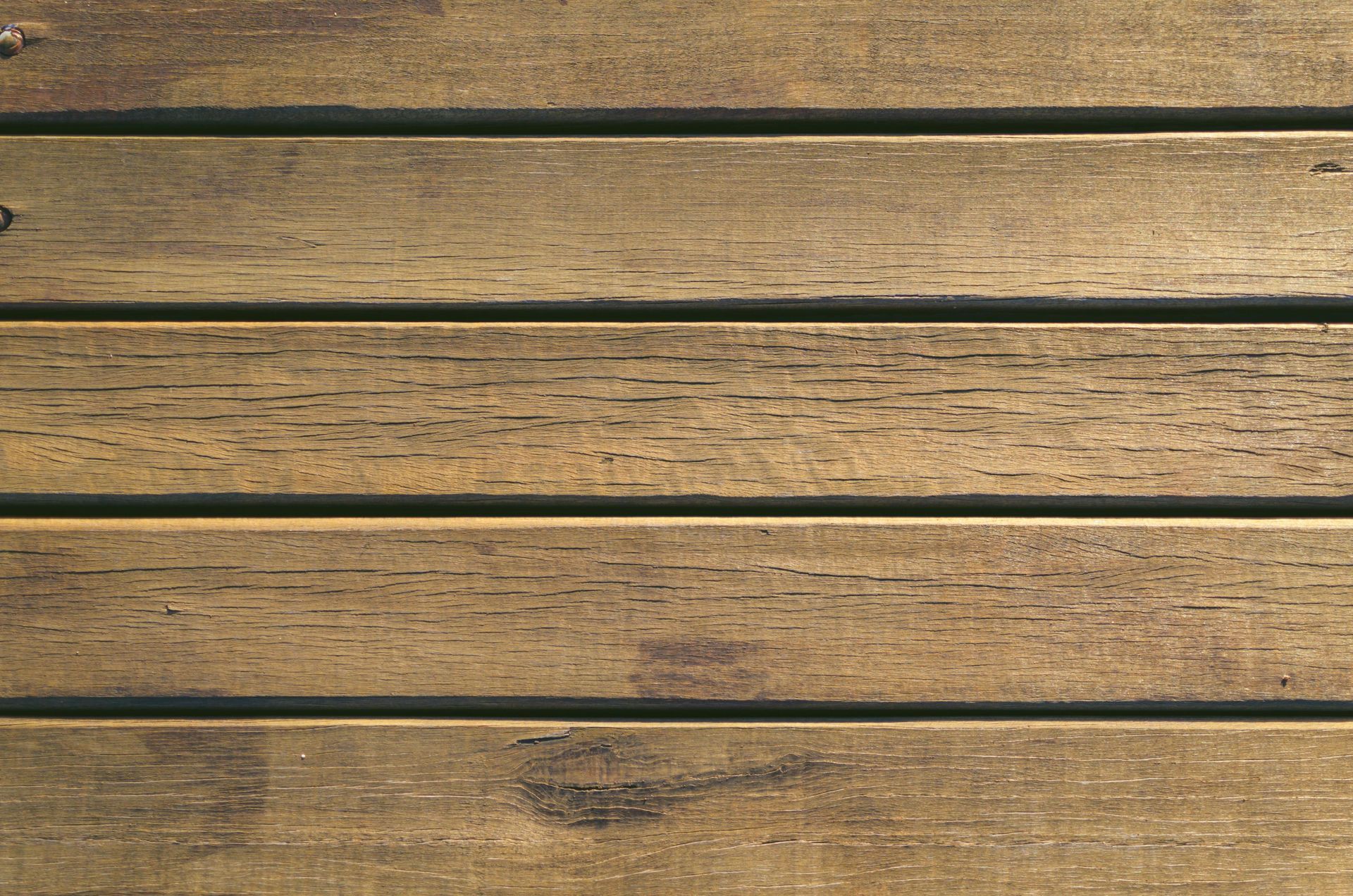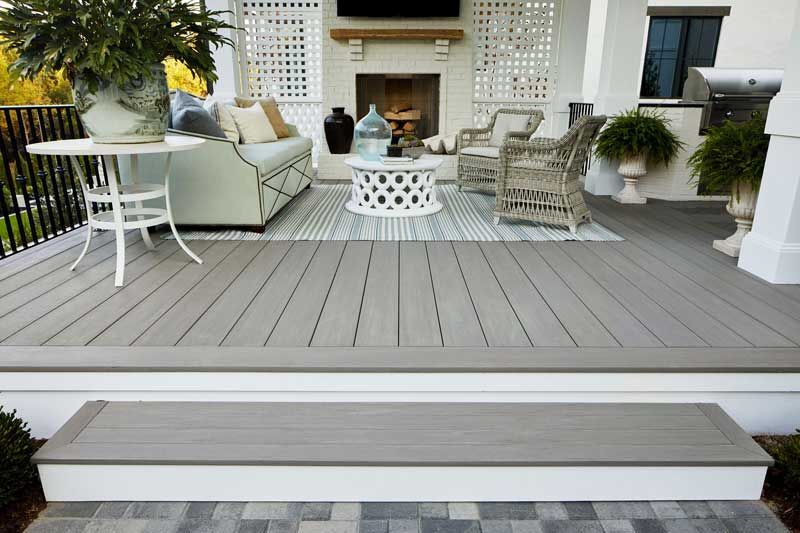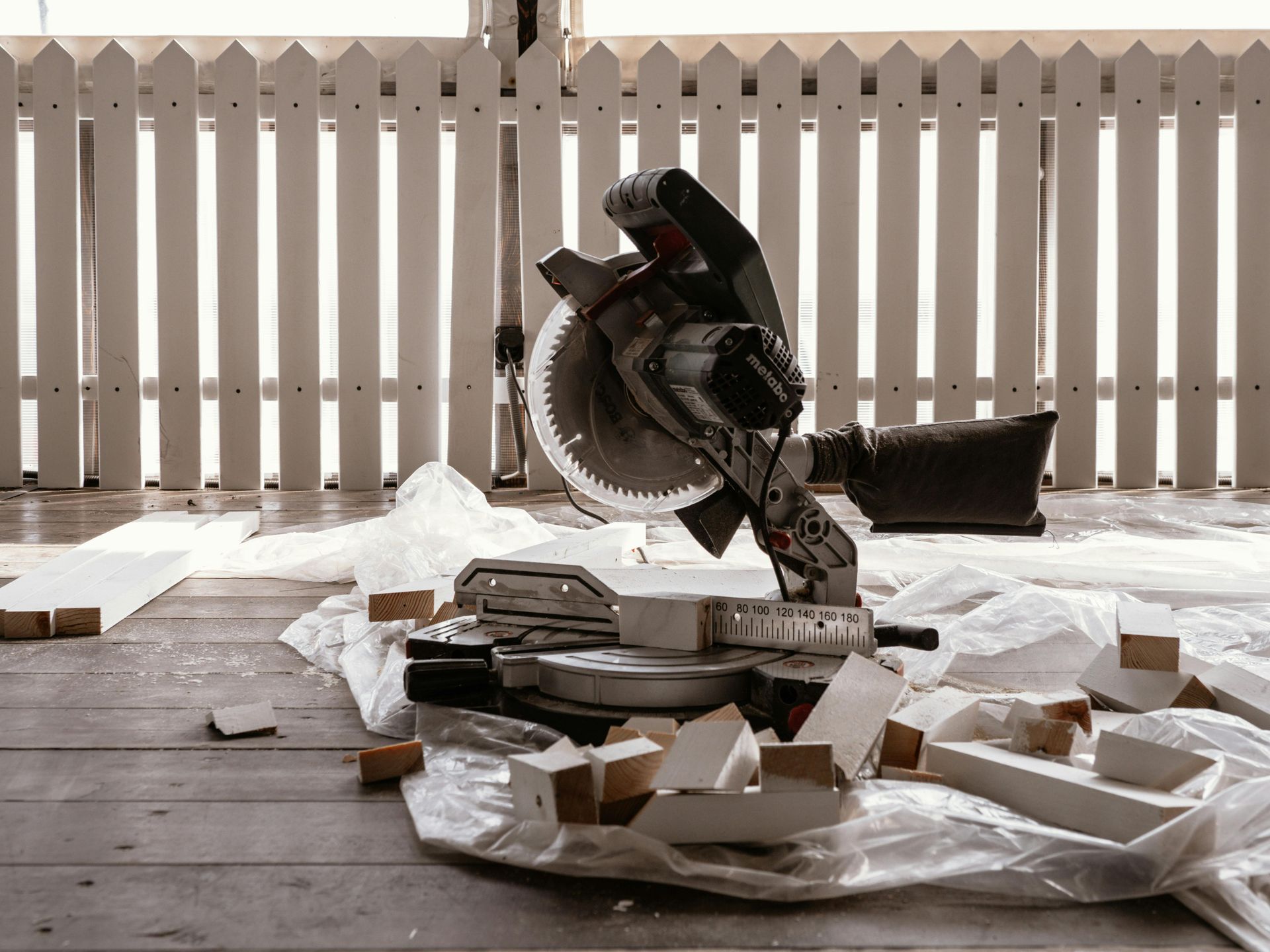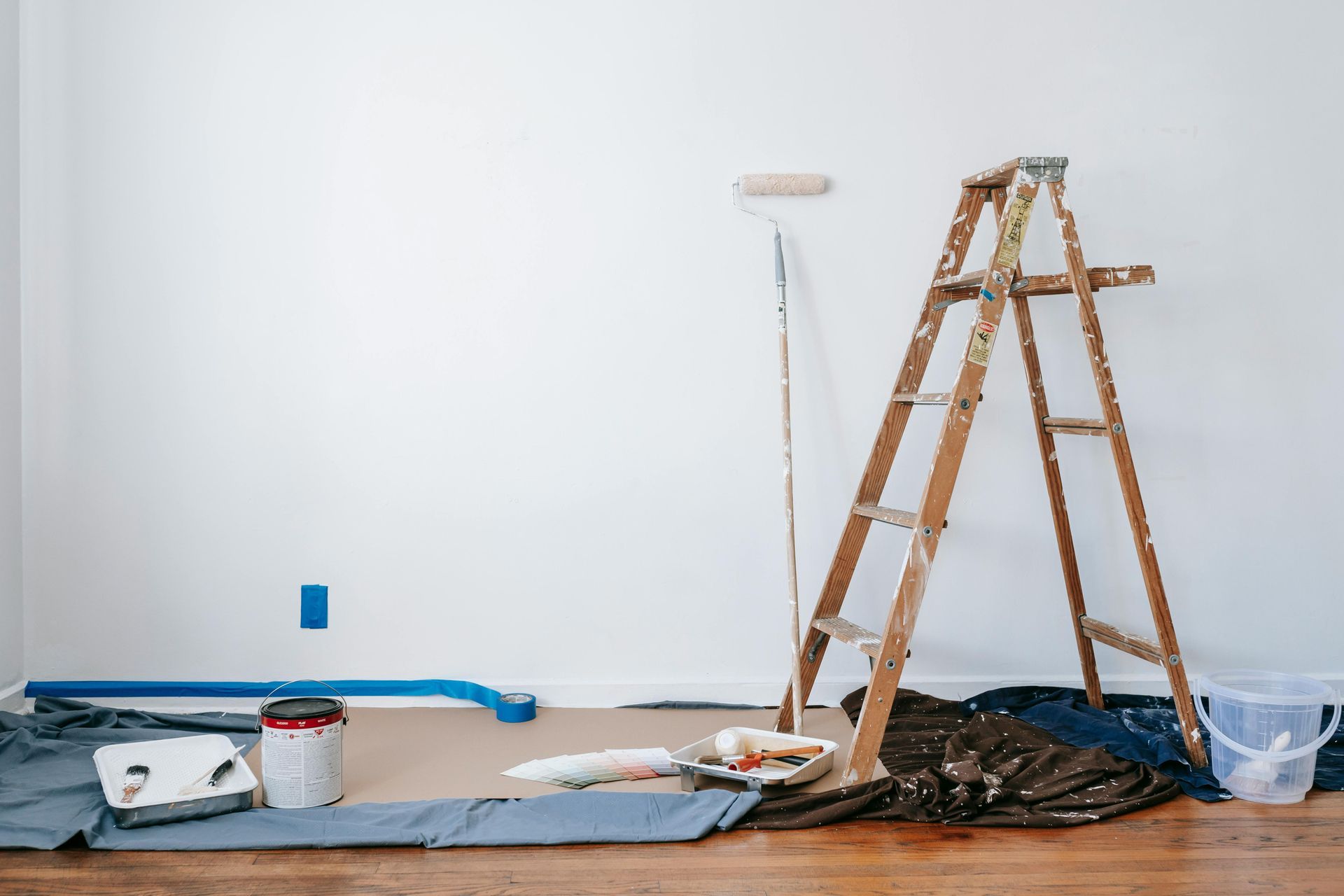A Practical Guide to Choosing and Maintaining Wood Decking
Homeowners often consider adding a deck to expand their living space and enhance their property’s resale value. Among the many materials available, wood decking remains a popular choice for its natural texture, strength, and timeless character. It blends function with familiarity, offering a material that feels connected to its surroundings.
This guide explains what wood decking is made from, how different woods perform, and how to keep them in good condition for years. It avoids sales talk and focuses on what matters most: cost, care, and durability.
Understanding the Nature of Wood Decking
Unlike manufactured materials, wood decking is a natural, organic material. Each board carries its own grain pattern, tone, and variation. That individuality gives wood decks a warmth that synthetics try to imitate but never fully capture.
Wood is flexible to work with. It can be cut, shaped, and refinished multiple times. When properly maintained, it can last decades while maintaining its natural appearance. The lifespan varies depending on the species, installation quality, and care routine.
The Most Common Woods Used for Decking
Different types of wood exhibit varying behaviors under sunlight, moisture, and temperature fluctuations. Choosing the right one means balancing price, appearance, and upkeep.
Pressure-Treated Lumber
This is the most familiar form of wood decking. It’s made from pine or fir that has been treated with preservatives to prevent decay and insect damage. It’s affordable, easy to find, and suitable for large or budget-friendly projects. The surface can be painted or stained, which allows flexibility in design.
Regular sealing is necessary to keep it from drying out or cracking. If left unprotected, it can splinter and lose color. With proper maintenance, pressure-treated lumber can last 15 to 20 years.
Cedar
Cedar contains natural oils that help it resist moisture and pests without the need for chemical treatment. It has a soft reddish tone when new, which fades into a silver hue over time. Many homeowners prefer this aged look, while others opt to maintain the color by applying stain every few years.
Cedar is lightweight and comfortable under bare feet. Because it’s softer than hardwoods, heavy furniture or pet claws can leave marks. Its natural fragrance and consistent grain make it a favorite for decks near gardens or patios.
Redwood
Redwood shares many qualities with cedar but has a richer color range. It’s more stable and less likely to warp when exposed to moisture. Redwood can handle both dry and humid conditions, making it a reliable choice in areas with changing seasons.
To maintain its color, a UV-resistant sealer is essential. Without it, redwood fades more quickly under sunlight. When properly cared for, a redwood deck can remain strong and attractive for decades.
Tropical Hardwoods
Ipe, mahogany, and tigerwood fall under this category. These species are incredibly dense and long-lasting. They naturally resist rot and insect damage, even without treatment. Their fine grain and deep brown color give decks a refined, polished look.
These hardwoods are difficult to cut and require pre-drilling for fasteners. They are also heavier, which can increase labor time during construction. The cost is higher than that of softwoods, but the durability often offsets the investment over time.
How to Choose the Right Wood for Your Deck
Before buying materials, consider how the deck will be used. A family that hosts barbecues every weekend will wear surfaces faster than someone who uses the deck occasionally. Exposure to sunlight, snow, and humidity also affects the decision.
- Budget: Pressure-treated wood remains the most affordable choice. Cedar and redwood sit in the mid-range, while tropical hardwoods are at the premium level.
- Maintenance: Some woods require frequent sealing and staining, while others remain resilient with minimal care.
- Climate: In regions with intense sun or fluctuating temperatures, denser woods perform better.
- Appearance: Each species has its own personality. Some homeowners prefer a rustic texture, while others like smooth, even surfaces.
The right wood is the one that matches your climate, lifestyle, and willingness to maintain it.
Installation Considerations
Even the best material won’t last if it’s installed poorly. Moisture control and ventilation are just as important as the wood itself.
Boards should be spaced slightly apart to allow air to circulate. This prevents water from pooling and reduces the chance of rot. Use stainless steel or coated screws instead of nails, since untreated fasteners can rust and stain the surface.
Cut ends need to be sealed during installation to stop water from seeping in. For decks built close to the ground, additional airflow underneath the structure helps prevent mold. Following these steps helps extend the life of wood decking and maintain its uniform appearance.
Maintenance That Preserves Appearance and Strength
Wood decking naturally weathers under sunlight and rain. With consistent care, this process becomes gradual instead of damaging. Maintenance involves three simple habits: cleaning, inspection, and protection.
Cleaning
Dirt, pollen, and leaves can trap moisture on the surface. Cleaning the deck with mild soap and a soft brush every few months removes debris before it causes stains or mildew. Avoid high-pressure washers, as they can erode fibers and open the grain.
Inspection
Inspect the deck once or twice a year for loose boards, popped screws, or signs of rot. Early repairs keep structural issues from spreading. Replace damaged boards instead of patching them, since replacements blend in once refinished.
Protection
Staining or sealing protects against ultraviolet rays and moisture. Products labeled “clear” allow the wood’s natural color to show through, while tinted options enhance the tone. Reapply sealer annually or as recommended for your climate. Consistent protection not only keeps the surface attractive but also extends its lifespan by many years.
Environmental and Safety Factors
Wood remains one of the most renewable building materials when sourced responsibly. Many suppliers use lumber certified by organizations such as the American Forest Foundation, which promotes sustainable forestry practices.
For pressure-treated materials, the Environmental Protection Agency provides safety information on handling and disposal. Following these recommendations ensures both personal safety and environmental care.
Homeowners who prefer untreated wood can still achieve durability through proper installation and consistent maintenance. Choosing sealers with low volatile organic compounds helps reduce chemical impact without sacrificing protection.
Wood Decking Compared to Alternatives
Composite and PVC materials have gained visibility because they require little maintenance. Still, wood decking maintains a strong position for those who value authenticity and repairability. A wooden deck can be sanded, refinished, and customized throughout its life. When damaged, single boards can be replaced without removing entire sections.
Composite decking tends to be more uniform but can retain heat, lacking the subtle texture that makes natural wood comfortable to walk on. Cost comparisons show that wood often requires more labor over time but less expense upfront. For many homeowners, the balance of beauty, sustainability, and tactile comfort keeps wood their preferred choice.
Practical Tips for Colorado Homeowners
Colorado’s altitude, dry climate, and intense sunlight can be tough on outdoor materials. Homeowners who choose wood decking should plan for annual maintenance before and after winter.
- Apply UV-resistant sealers to prevent fading.
- Keep snow from collecting against railings or posts.
- Inspect fasteners after freeze-thaw cycles.
- Sweep off sand and de-icing salts that can scratch the surface.
Regular care before spring and after fall helps maintain color and structural strength.
Extending the Life of the Deck
A well-built wooden deck should last 20 years or longer. Some hardwood installations last twice that time with steady care. To reach those numbers, the surface must stay clean and sealed, the frame must remain dry, and drainage should never be blocked.
Even small details make a difference. Planters should sit on stands rather than directly on boards. Outdoor rugs should be breathable so moisture doesn’t linger beneath them. Furniture pads prevent scratches when moving chairs or grills.
These small habits reduce wear and keep the surface smooth underfoot.
Sustainable Benefits of Using Wood
Wood is a carbon-neutral material. Trees absorb carbon dioxide while they grow, storing it inside their fibers. Using certified lumber supports forestry programs that replant what they harvest. When a wooden deck reaches the end of its life, the material can often be recycled or repurposed instead of being sent to a landfill.
The U.S. Department of Energy notes that natural materials, when properly maintained, can remain energy-efficient choices over time due to their low production footprint.
Contact Budget Home Supply for Guidance
Building or replacing wood decking requires reliable materials and straightforward advice. The team at Budget Home Supply offers a wide selection of lumber and related products, along with guidance for projects across Colorado. They help homeowners and contractors compare species, understand maintenance options, and choose materials suited to local conditions.
Visit their building supplies section or stop by their Longmont location to explore available stock. With the proper preparation and maintenance, a well-chosen deck can remain a steady part of your home for many years.





